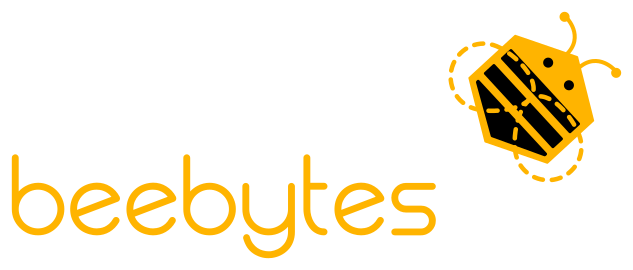Pollenize CIC, a social enterprise based in Plymouth working to help conserve pollinators, worked with Beebytes to look at the pollen being collected by hives at a number of sites across the city and surroundings. They were interested to know what the bees were collecting each month to better understand what forage was available, and where there might be room to improve the quantity and diversity of flowering plants available for pollinators to make use of.
Each month in 2020 and 2021 they collected samples of pollen using special traps at the entrance of the colonies. These traps collected pollen both from the bees, but also ‘environmental’ pollen – that is pollen blown in on the wind, or dropped in from nearby plants. These samples were then sent to Beebytes for analysis.

Pollen analysis has traditionally been done by visual analysis under a microscope. This requires experts to make up slides from pollen samples, stain them, and then look at the features of the pollen grains, such as size, shape or surface appearance, to identify the flower it originated from. This process is relatively difficult, requiring a lot of skill to properly ‘key out’ the pollen grains. It also risks missing grains that are under-represented in the sample, or difficult to separate out from other species with similar morphologica features.
Beebytes undertook work to extract the pollen DNA and carry out metabarcoding on these samples. There are sequences in the DNA samples which are unique to each species or plant family, and the whole sample can be analysed in a single test to find out what species are present. The main advantage is that this process identifies a much larger number of plants than visual analysis, since it works equally with all pollen grains present.
The final result was a complex list of plants each month, which gave a good indication of what the bees were foraging on, but also what was growing in the area at the time. It was possible to distinguish this to some degree by identifying which plants were likely visited by the bees, that is nectar and pollen-rich flowers, and which were likely wind-born – such as tree and grass pollens.
Pollenize then worked to provide detailed analysis on the data provided, and hopes to use this going forward to help make decisions on planting and biodiversity in and around Plymouth. The Pollenize analysis is available on their website: Local Pollen Data

